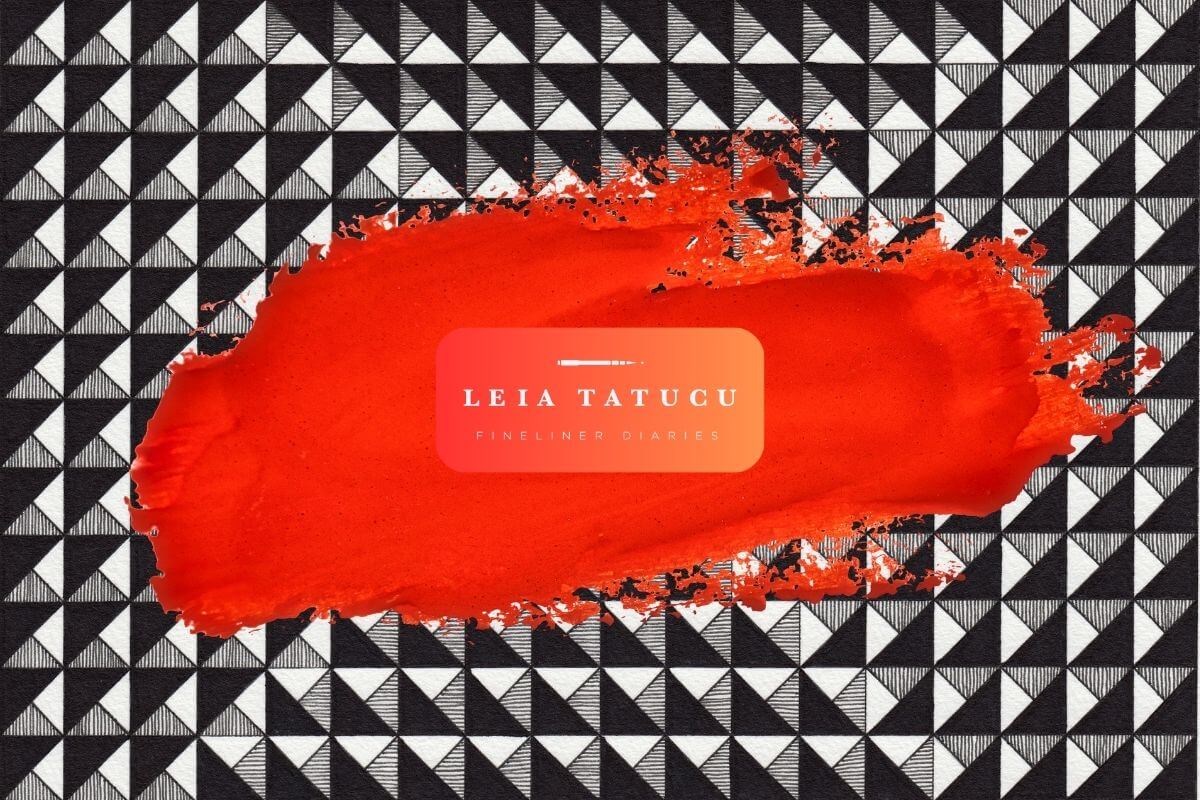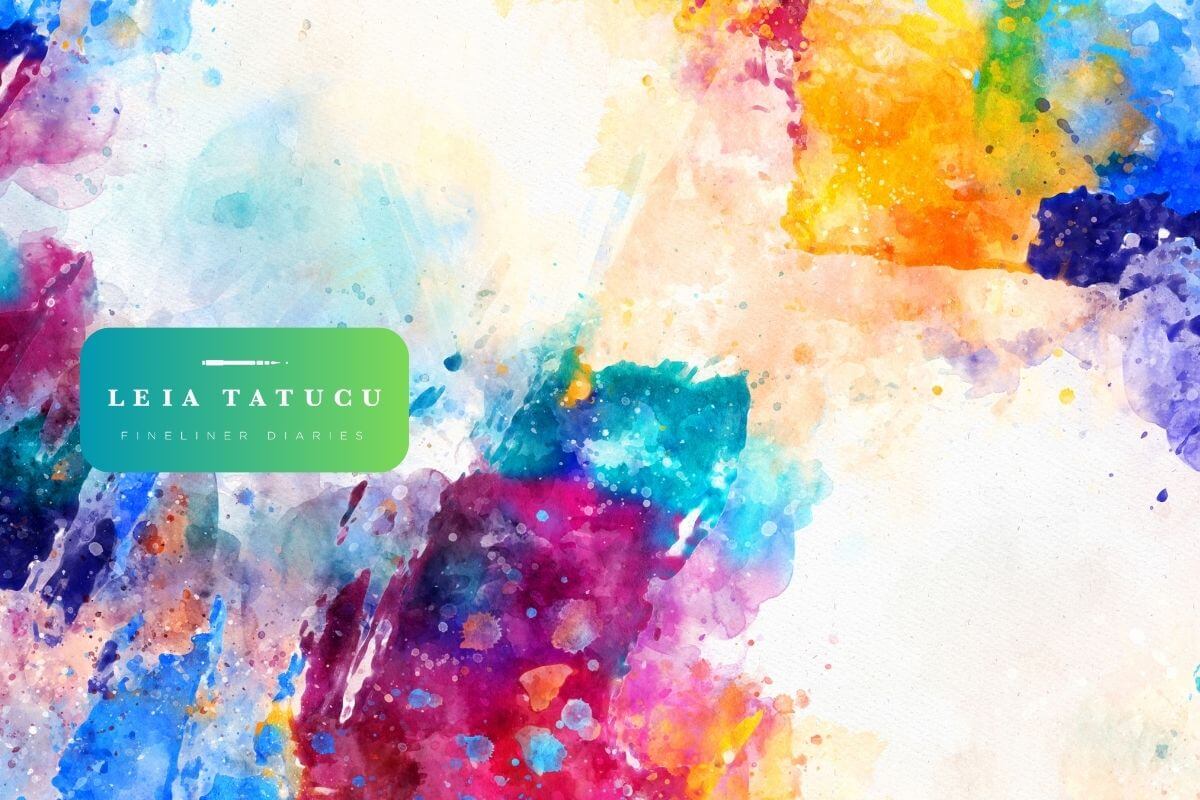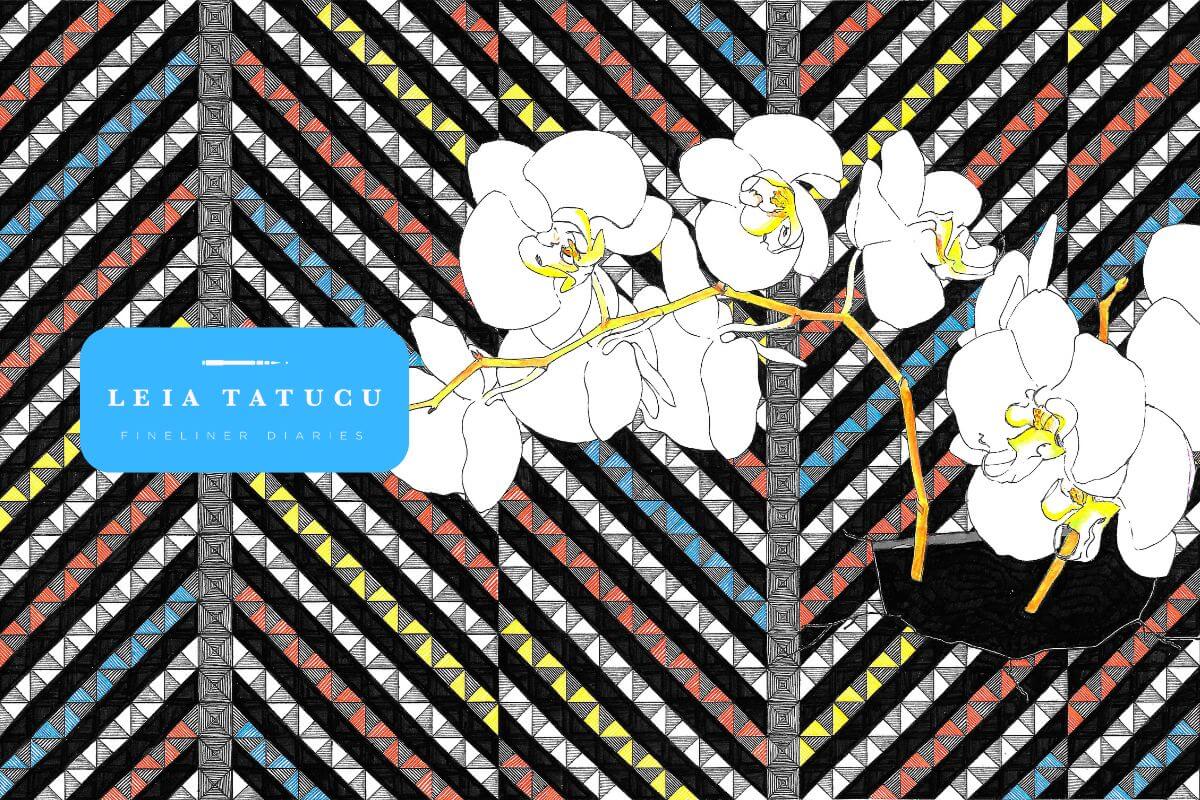
Brush Strokes of Personality: The Power of Visual Art in Self-Expression
Visual art has always been one of humanity’s most profound ways of expressing the inexpressible. Through colors, shapes, lines, and textures, individuals bring their innermost thoughts and emotions to life, creating windows into their unique personalities. Be it a simple sketch, an abstract painting, or a grand mural, visual art holds the power to convey personal stories, cultural identities, and universal emotions like no other medium.
At the core of self-expression lies the need to be understood, to tell our stories, and to connect with others. Visual art is a channel that merges self-discovery with creativity, offering endless possibilities for exploration. Let's unveil the many ways visual art serves as a powerful tool for self-expression.
Have you ever encountered a painting that seemed to speak to you, yet you couldn’t quite pinpoint what it was saying? That feeling means you resonated with it. We connect with art—whether it’s a painting, a piece of literature, music, or another form—because it reflects something familiar within us or something we aspire to. It’s not just about being moved emotionally, which can sometimes bring up memories of things we’d rather avoid or forget. It’s about hope and resilience. Art has the unique ability to make us feel better, even when we can’t explain why. That’s the power of art: it connects us or, more accurately, reminds us of the connection that already exists between us all.
Reflecting and Shaping Cultural Identities
Art, in all its many forms, often reflects the culture from which it originates. It captures the spirit of an era, the beliefs of a community, and the identity of a people. Visual art goes beyond being a personal endeavor—it’s also a collective tapestry that weaves together shared experiences and ideologies.
Take Frida Kahlo, for instance. Her self-portraits weren’t merely paintings; they were declarations of her identity, heritage, and struggles. Similarly, movements like Impressionism or Surrealism went beyond being visual styles; they became cultural manifesta that shaped and reflected societal change.
Visual art doesn’t just express individual selfhood—it records and shapes cultural identity, bridging the gap between the personal and the collective.

Storytelling Through Art
Every line, shape, and color used in visual art holds a story. Art is a language, one that transcends barriers of spoken tongue. Whether it’s a bold, sweeping stroke or a fine, intricate detail, visual art allows individuals to narrate personal experiences or emotions in a way words often cannot capture.
Storytelling in art isn’t always literal. Take my resin-poured piece, “Golden Hour,” for example. It explores the symbolic influence of the sun’s position, aiming to evoke a profound reflection on time, opportunity, and purpose. Art invites its audience to delve into its layers of meaning, encouraging personal interpretation and engagement.
Every artist leaves a part of themselves in their creation, making each work of art a testament to their unique story and personal narrative.

Diverse Forms of Visual Art and Unique Expressions
From pencil sketches to film production, every form of visual art opens a unique pathway for self-expression. A digital artist might craft bold, modern designs with vibrant, pixelated hues, while a watercolor painter may capture the gentle, introspective essence of nature or emotion through softer tones.
My art serves as a medium of expression, often embracing geometric precision where every line is purposeful and meaningful. These fineliner drawings seamlessly blend structured geometry with flowing organic motifs. At other times, my creativity thrives in the unrestrained, vibrant chaos of abstraction, where spontaneous splashes of color tell their own story.
Each form—be it fine arts, digital compositions, or even mixed media—has a distinct language. The beauty of visual art lies in its ability to accommodate the vast spectrum of human creativity.

Art as Therapy for the Soul
Visual art’s benefits extend beyond creative expression—it’s a tool for mental health and well-being. Psychologists often recommend drawing, painting, or sculpting as therapeutic practices. Immersing oneself in the act of creating art fosters mindfulness, reduces stress, and helps individuals process complex emotions.
For me, creating art has always been a way to reclaim a sense of control amidst life’s uncertainties. The simple act of putting pen to paper and immersing myself in the creative process fills me with joy. Whenever the chaos around me feels overwhelming, I turn to my art. By focusing on each line I draw or pattern I create, I find my way back to my center. It’s in this mindful attention—anchoring myself to the present moment rather than letting my thoughts scatter in the noise—that I rediscover clarity and calm.
Art doesn’t demand perfection; it demands presence. And in that presence, we often discover clarity and resilience.

The Role of Technology in Visual Art and Self-Expression
Technology has revolutionized the way we create and access visual art. Digital painting tools, 3D design software, and even AI-powered platforms allow creators to experiment and express themselves like never before. Let me clarify—I’m not referring to AI-generated art itself, but rather using these platforms as tools to develop concepts and streamline the creative process. They can be invaluable when you’re feeling overwhelmed by details or unsure of where to begin.
For those who believe they aren’t naturally “talented,” technology opens doors. Accessible tools like drawing apps or digital platforms make it possible for anyone to explore their creativity. The barriers to entry are lower, and the opportunities for self-expression are boundless.
I combine digital tools with traditional methods, blending fine lines, digital processing, and resin to create unique art pieces. This fusion of old and new shows how technology can enhance—not replace—the creative process.

Simple Ways to Incorporate Art into Your Life
You don’t need to be a professional artist to tap into the calming and meditative power of creating art. Whether you're a creative, an art enthusiast, or a collector looking to unwind, here are simple ways to infuse art into your routine for relaxation and self-expression:
- Start Small: Pick up a fineliner or pencil and sketch simple shapes or doodle freely. These small acts can be surprisingly soothing.
- Explore New Mediums: Dive into watercolors, digital drawing tools, or mixed media. Experimenting can spark joy and help you discover what speaks to you. Capture photos of moments that bring you joy, as well as streetscapes or landscapes you come across. Print them out and incorporate them into a small journal to create a personal keepsake.
- Visit Local Art Events: Attend community exhibitions, workshops, and art collectives to spark creativity, share your work, and connect with like-minded individuals in an inspiring environment.
- Create an Art Journal: Combine colors, textures, and shapes with your thoughts in a visual diary. It’s a mindful way to reflect and express emotions.
Remember, creating art isn’t about achieving perfection—it’s about embracing the process, finding peace, and letting your creativity flow.

The Enduring Power of Visual Art
Visual art stands as a timeless testament to the human need for self-expression. It allows us to convey emotion, communicate stories, and connect with others on a deeply personal level.
Every brushstroke, shape, or color is an imprint of who we are—a tangible expression of the intangible. And in this expression, we find freedom, understanding, and connection.
Now it’s your turn, dear reader. Have you ever used visual art to express yourself or felt a deep connection with someone else’s creation? Share your story with us in the comments, and don’t forget to explore more inspiring art and creativity on the Fineliner Diaries platform!





Leave a comment
This site is protected by hCaptcha and the hCaptcha Privacy Policy and Terms of Service apply.